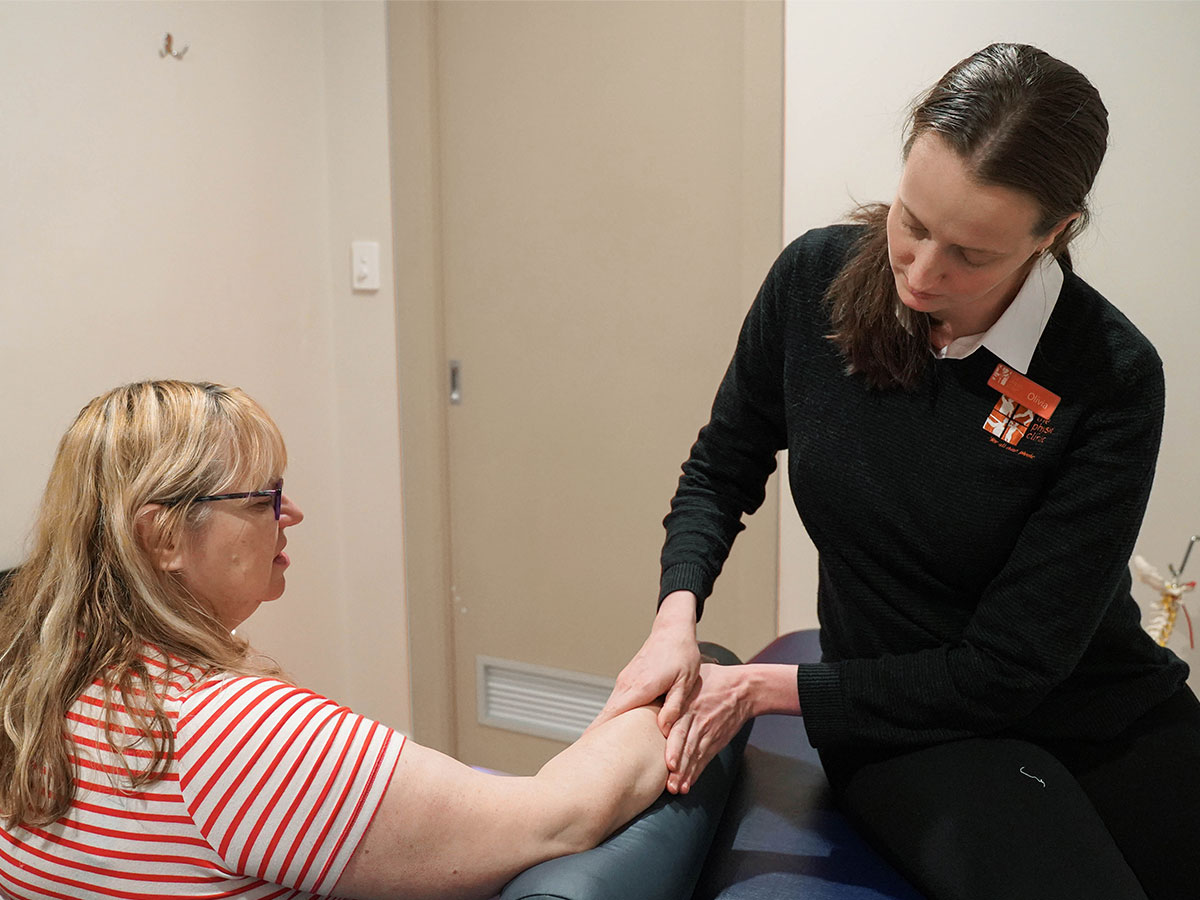

In the human body, there are 12 different systems that power us and make our bodies work. Many of us know the cardiovascular, the digestive and even the muscular system, but one that is less known is the lymphatic system.
In order to understand lymphoedema, it is important to first understand what a normal lymphatic system looks like and what it does.
The lymphatic system is important because it has a role in:
Immune health
Think of the lymphatic system as a factory. Some white blood cells are manufactured here, incoming products are inspected, and defects are eliminated. That is, any viruses and nasty bacteria are detected and removed before it reaches vital organs.
Digestion
The lymphatic system absorbs fat, and fat-soluble vitamins.
Transports cell fluids around the body.
The way the lymphatic system works is complicated, but to put it simply: all the skin and muscle fibres of the body are made up of cellular tissue. These tissues are surrounded by fluid that cells use to take up nutrients and deposit waste. Once the cells have taken what they wanted from this exchange, new fluid arrives, and the lymphatic system absorbs the old fluid and transports it back to the heart so that the blood can still circulate. Without a working lymphatic system, the cardiovascular system wouldn’t function!
The lymphatic system breaks down when there is too much fluid for the system to handle. This may be because more fluid is being produced, or the same amount is being produced, but the lymph system is no longer capable to pump fluids as effectively. Either way, when excessive fluid accumulates outside the tissues the result is a chronic swelling condition called lymphoedema.
Lymphoedema can occur on the left or right side of the body (or both). It can be due to Cancer surgery or radiation treatment, obesity, or other cardiovascular and genetic conditions. Swelling is the main symptom, but as the fluid sits in the wrong place over a long period of time, other symptoms such as inflammation, fatty tissue development, and skin hardening may develop.
To prevent the long-term side effects of lymphoedema, your doctor, oncologist, or lymphatic specialist may investigate the underlying cause of the lymphoedema. Your doctor or GP may also refer you to a lymphoedema therapist; a specially qualified clinician who can help move swelling through different mechanisms such as massage, compression bandaging, and exercises.
Lymphoedema therapy is a service that is now up and running at The Physio Clinic Blackwood and Prospect. Give us a call now to enquire!
By Olivia Jones | Certified Lymphoedema Therapist & Physiotherapist























